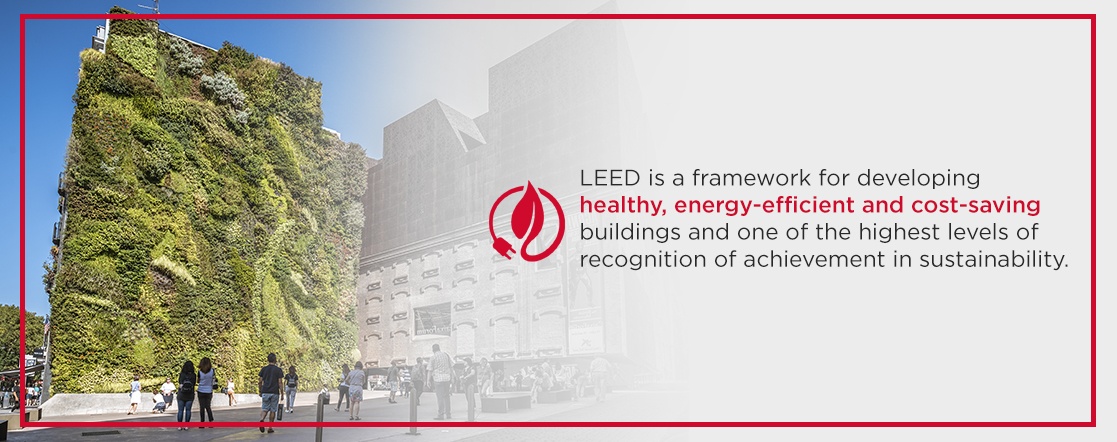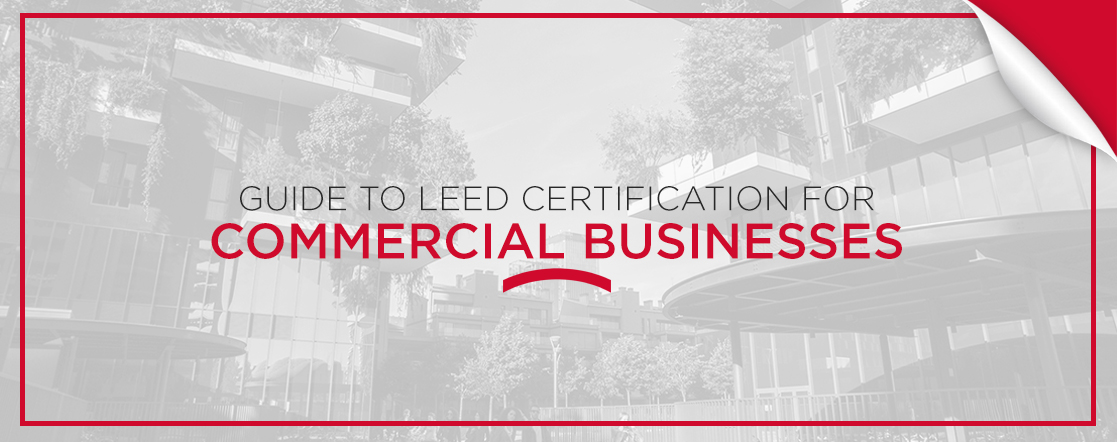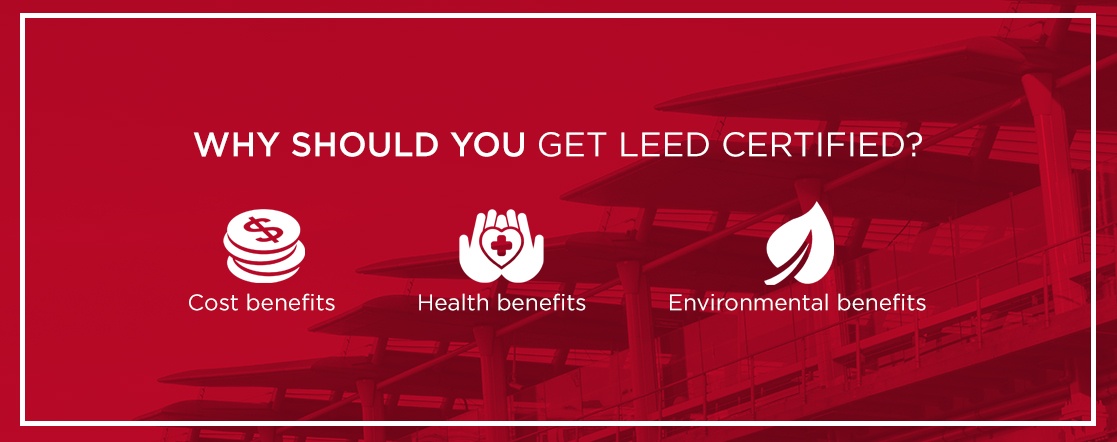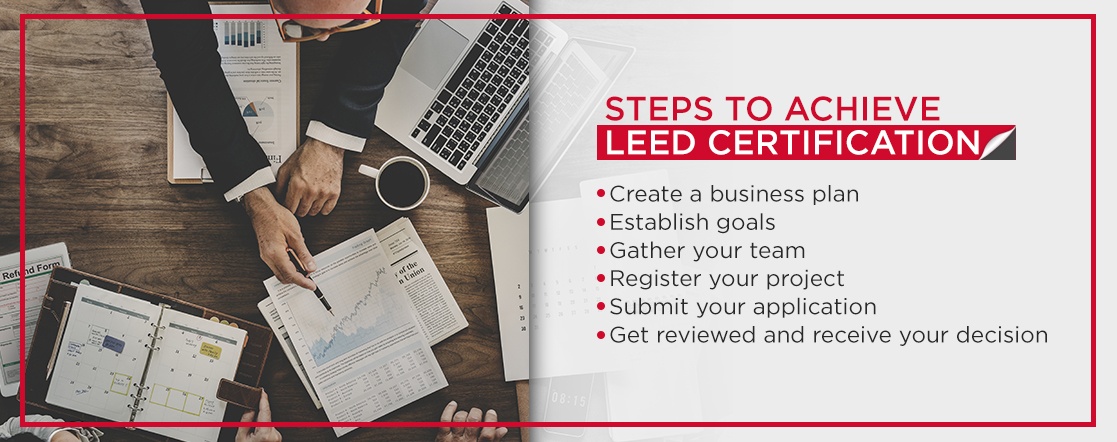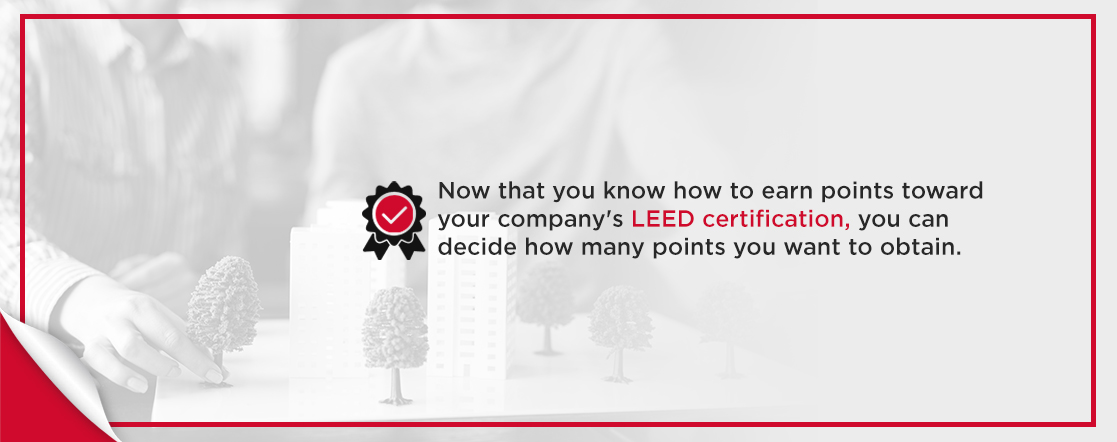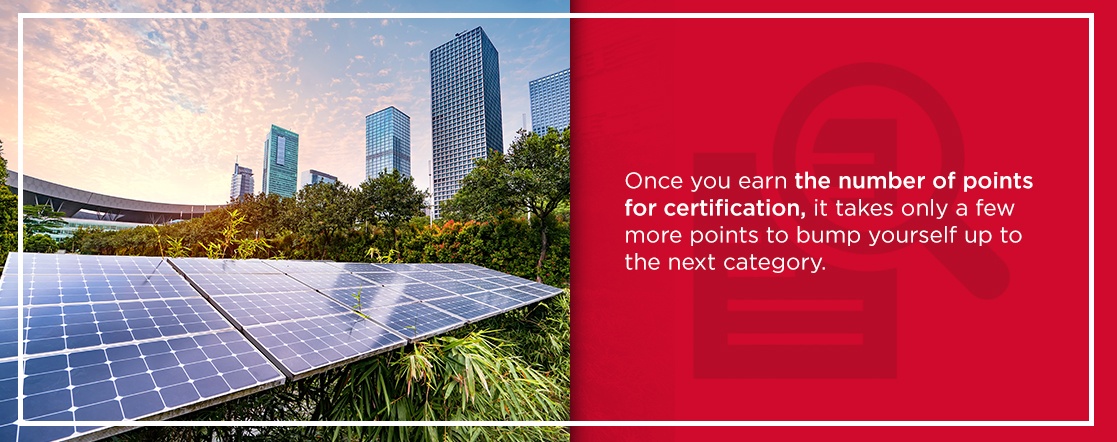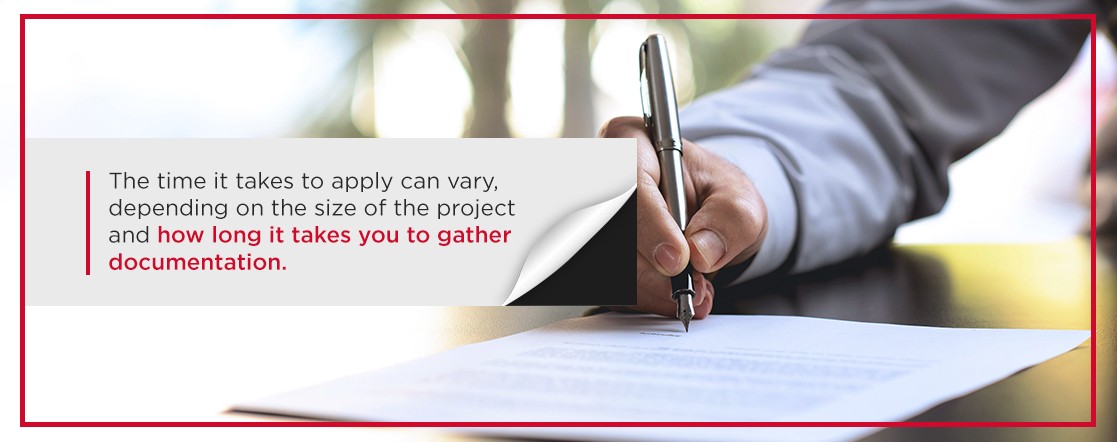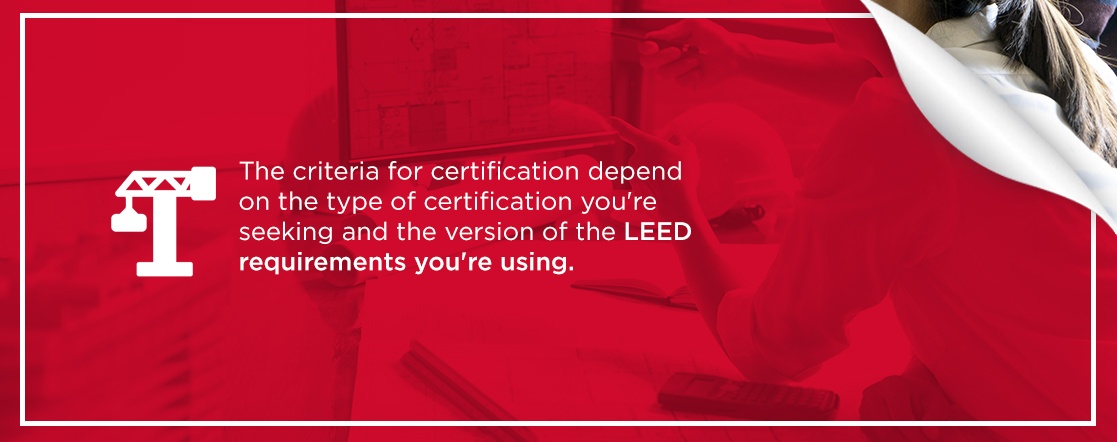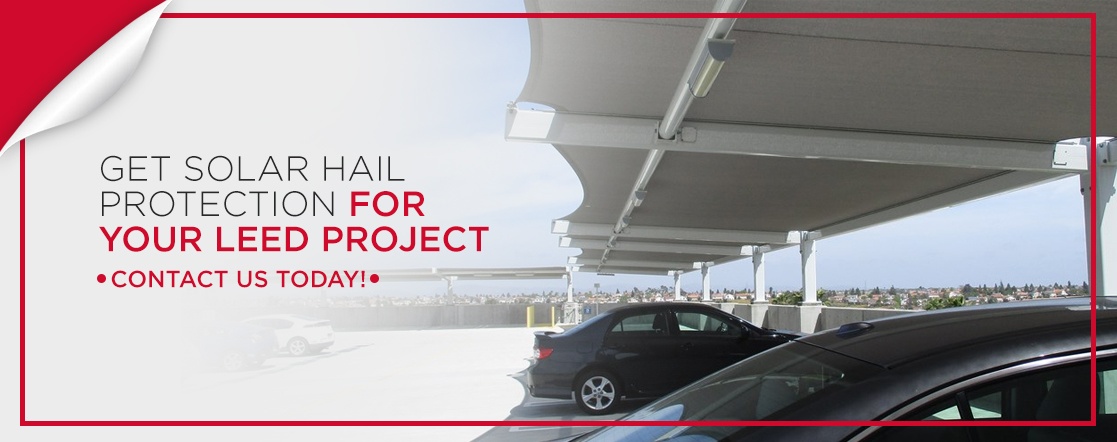If you’ve ever wondered what is the criteria to receive a green building certification, you’ve probably come across the term LEED, or Leadership in Energy and Environmental Design. As of 2019, over 69,000 U.S. projects have registered for LEED certification. Since LEED is one of the most well-regarded certifications for environmentally-friendly buildings, its evaluation criteria are rigorous. In this guide, we’ll discuss what LEED is and how you can pursue a LEED certification for your project.
Read the full article or jump to a specific section:
- What Is LEED Certification?
- Why Should You Get LEED Certified?
- Steps to Achieve LEED Certification
- How Do You Achieve LEED Certification for Your Business?
- What Are the Different Levels of LEED Certification?
- How to Improve From One Level to the Next
- FAQs about LEED Certification
- Get Solar Covered Parking & Hail Protection for Your LEED Project
